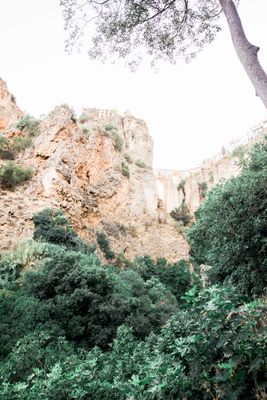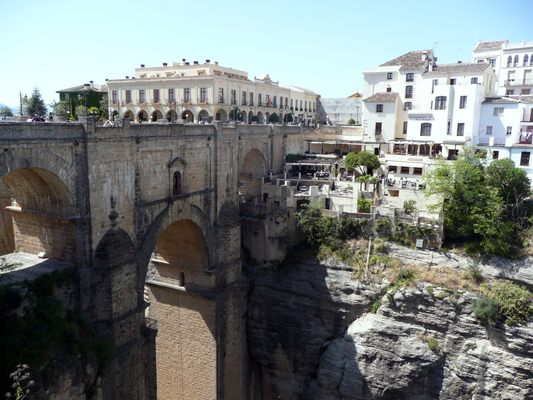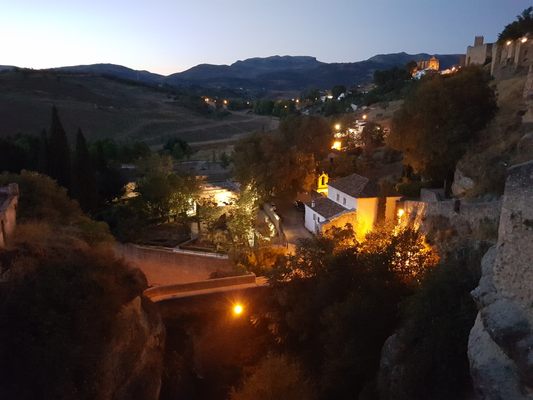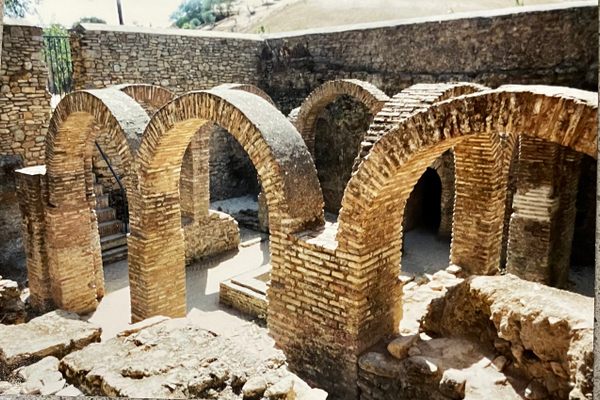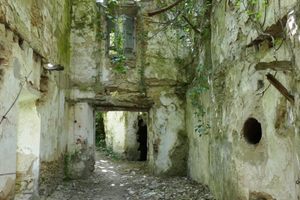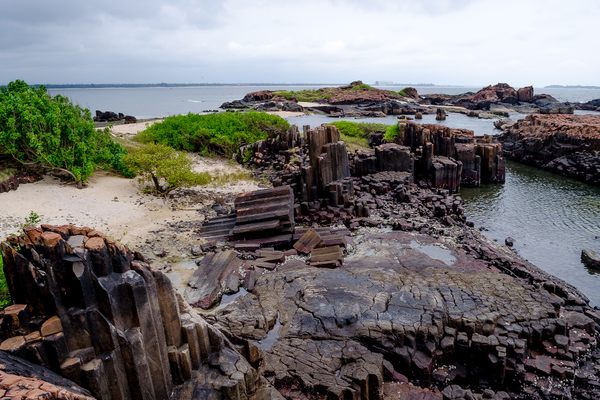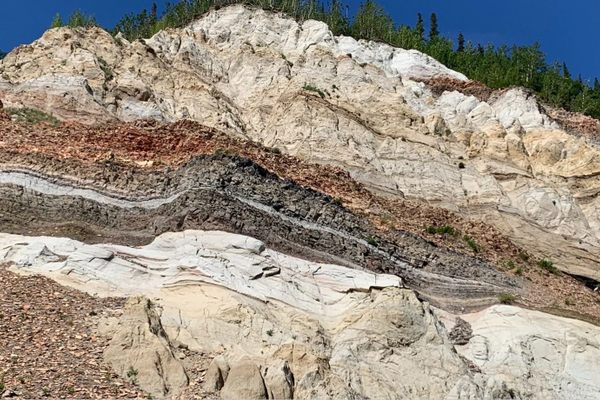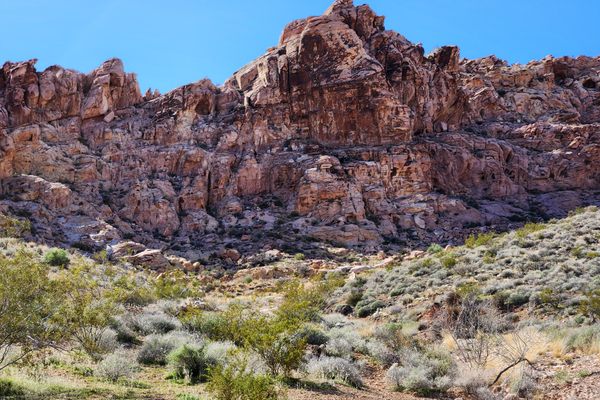About
Looking like something springing from the imagination of J.R.R. Tolkien, the city of Ronda, Spain is perched high atop the two cliff faces of El Tajo canyon as though a fissure opened and swallowed the center of the city.
Romans established a settlement at Ronda nearly two centuries before the reign of Julius Caesar, and it has survived through several invading forces until the present. The Guadalevín River, which courses through the site, has carved a deep canyon that divides the historic urban center. The walls of the canyon are sheer drops to the river over 100 meters below and the white stone buildings are built to the very edge of the chasm.
Connecting the two parts of the city are three bridges, the Roman Bridge (also called Puente Viejo), the Arab Bridge (also called Puente San Miguel), and the New Bridge (Puente Nuevo). The first two are so-called to recognize the regimes that built them. The New Bridge was completed in 1793 by the town's Spanish inhabitants. The bridges are impressive feats of stonework with massive columns reaching down into the canyon, and with ornate roofs, giving the city the multicultural feel that its several conquerors brought with them.
In addition to its impressive geology, Ronda is home to Spain's oldest bullfighting ring, and is a proud supporter of the sport. In fact the fantastical city is well-known for this spectacle, so that several prominent writers and others, including Ernest Hemingway and Orson Welles, have lived in or visited the city.
Related Tags
Community Contributors
Added By
Published
October 28, 2012












